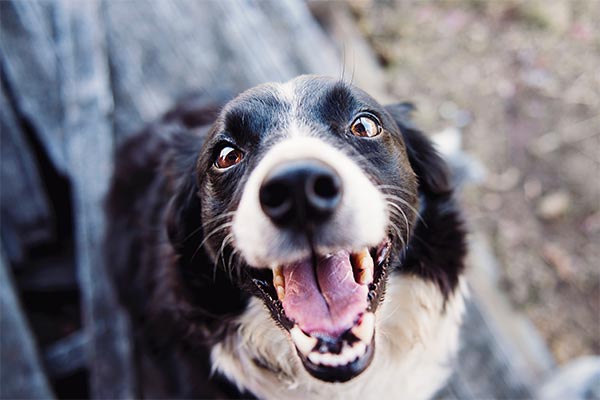The condition of a pet’s coat and teeth usually reflects on its health. Along with the skin, the fur can hint at many diseases. At the same time, the teeth (and breath) alert us about the state of its digestive system.
Our main goal is to keep our pets healthy. We need to maintain our furry friend’s wellbeing for as long as possible, preventing any nasty illnesses or diseases.
Many of our one-of-a-kind companions demand continuous one-on-one hair care, while others rarely need any. All breeds have different coat characteristics — long, short, hard, soft, curly, straight, and combined. 
Did you know that too much water and soap can cause skincare problems? The preferred shampoo shouldn’t strip the dog’s skin from its natural oils. That can cause sensitive skin resulting in itching and unnecessary scratching that could originate in dry patches on the surface, leading to hair loss.
A few pets have teeth problems that usually come with age, while all benefit from a good brush once in a while. A bone or toy mostly helps to floss the teeth, but a new diet will be the most effective at combating issues.
Let’s explore further how best to keep fur and teeth in excellent shape.
Nutrition
To maintain the fur and teeth in a healthy state, your pet requires a balanced diet that contains high-quality digestible proteins, minerals, carbohydrates, fats, and vitamins that provides the appropriate amount of calories to meet its energy needs.

The nutrients need to be digested well to give the body what it requires. Otherwise, they’ll cause the kidneys and liver to work harder to eliminate the indigestible waste products. The ideal diet should suit your dog’s age, size, and activity level.
A dull, dry coat is caused by an inadequate diet and will often shed excessively, diarrhea will be frequent, a stinky breath will occur, and teeth might rot and fall out.
Some treats are specifically made for maintaining healthy coats and teeth. These snacks contain various vitamins, antioxidants, minerals, and fatty acids, all of which aid in the care of your dog’s skin and coat. It helps, especially when they’re prone to skin issues.
The ingredient hydrolyzed chicken liver protein controls adverse reactions from food. Healthy fats play an essential role in keeping your dog’s coat in top-tip condition.
Health
Illness or stress can affect the condition of your pet’s coat. It’ll shed and look dull. Hormone imbalances or other metabolic problems, chronic diarrhea (sometimes caused by dirty teeth), parasites, worms, mites, fleas, ticks, and cancer can affect your pet’s fur, too.
Obesity and arthritis can cause skin problems such as dandruff or matting. Allergic skin disease or seasonal allergies causes itching and changes the skin’s natural oil production. They result in an overly dull coat and uncontrollable shedding, either in patches or over the entire body.
In general, the fur and teeth’s condition can improve when the illness is brought under control through treatment, including dietary changes.
Brushing
Regular grooming is beneficial to all kinds of fur, removing loose hairs and dead skin cells and keeping the coat dirt free. Brushing stimulates and distributes natural skin oils – keeping long hair untangled and clump-free.
Some brushes remove excess hair from your dog’s top and undercoat, which reduces shedding and has antibacterial benefits.
Bathing
Pets need frequent baths because their coats become dirty and have a distinct odor. Baths vary with age, lifestyle, type of hair coat, and underlying health status. Any animal that struggles with allergies will find it best to use prescribed shampoo, ointment, or medication.
Pets should only be bathed with a shampoo formulated for them. Our furry friend’s skin thickness is unlike ours and has a pH (acidity) different from human skin.
A hypoallergenic shampoo (no added perfumes, soap, and alcohol-free) is the best choice for regular bathing. Apply a conditioning product afterward to restore lost moisture to the skin and minimize the development of dandruff that can also cause itching.
In a Nutshell
The general condition of your pet’s coat and teeth are indicators of their wellbeing. Healthy hair should be shiny and smooth. A fresh breath and consistent gut represent clean teeth. Nutrition does help support the health of your pet’s insides. At the same time, regular grooming and brushing treat the outside of your pet’s coat and teeth.
Your choices affect your comrades’ condition. Choose wisely.










